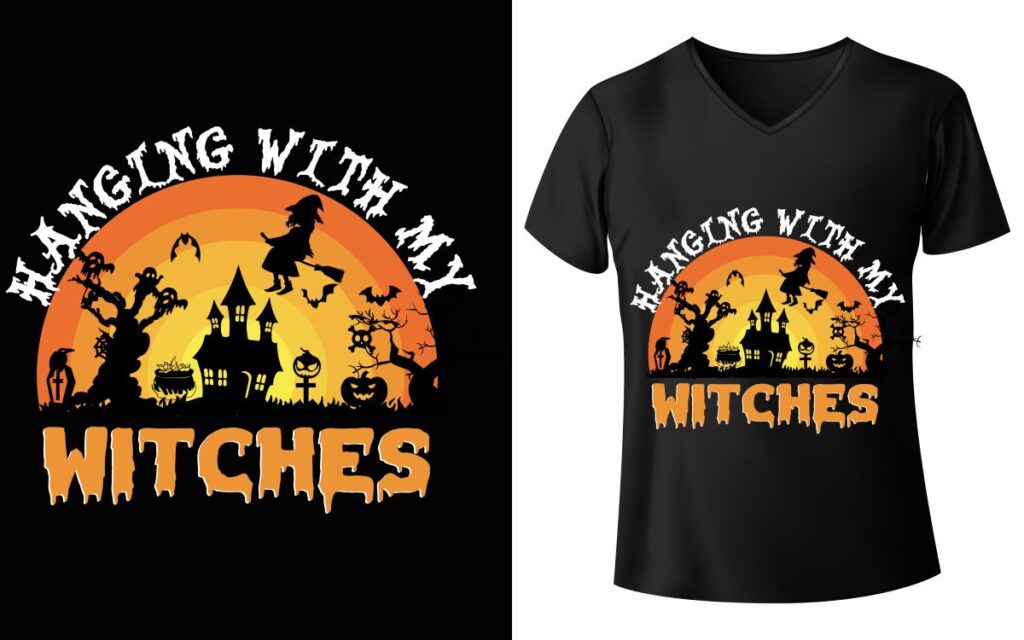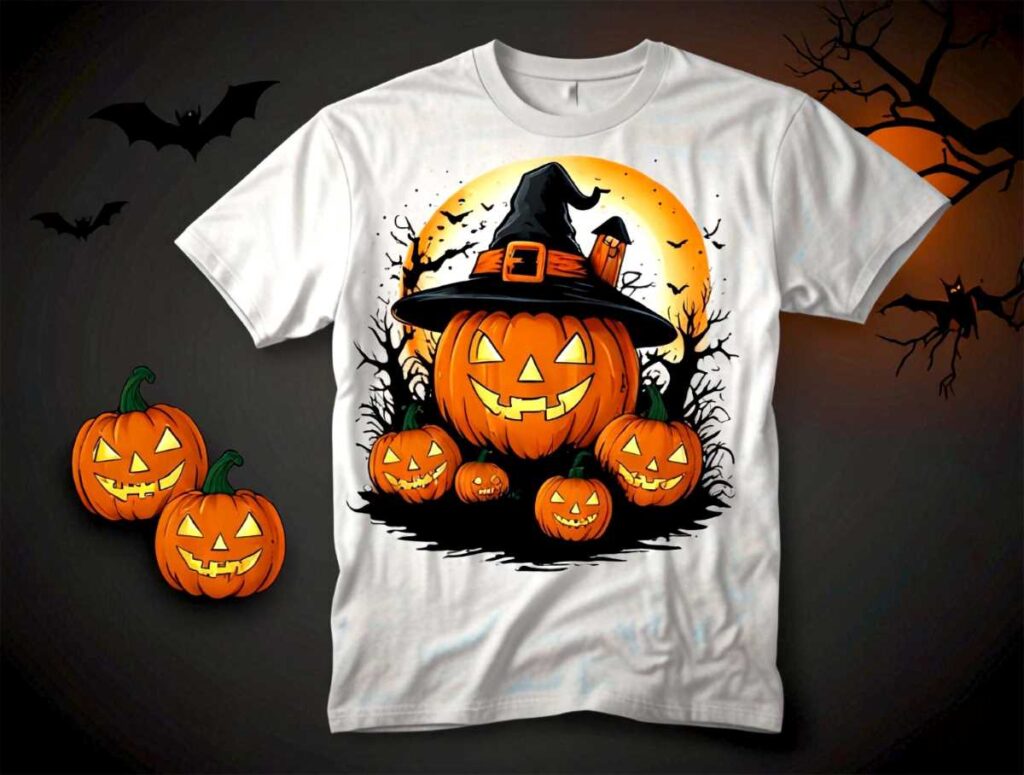The DTF transfer process, or Direct to Film printing, is transforming the world of garment decoration by providing an innovative way to transfer stunning designs onto various fabrics. With its unique ability to combine vibrant colors and intricate details, DTF printing has captured the attention of apparel businesses and DIY crafters alike. However, to harness the full potential of this groundbreaking technique, understanding the DTF transfer process is crucial. This guide will equip you with essential DTF printing tips and a thorough DTF transfer checklist, maximizing your success in creating high-quality prints. Whether you’re a novice or an experienced printer, mastering how to DTF transfer can elevate your creative projects to new heights.
The Direct to Film (DTF) technique, often referred to in different terms like film-based textile printing or film transfer methods, represents a significant advancement in design application on clothing. This innovative procedure enables vivid and precise designs to be applied directly onto fabric, opening doors for both small business owners and hobbyists. Gaining control over the film printing process, which includes essential equipment and effective application methods, is pivotal for achieving striking results. Exploring alternatives in the realm of garment embellishment can lead to exciting creative outlets, ensuring that every project benefits from durability and aesthetic appeal. Learn more about optimizing your film transfer strategies, and watch your designs come to life!
Understanding the Advantages of Direct to Film Printing
Direct to Film (DTF) printing presents a multitude of benefits that make it a versatile choice for garment decoration. One of the standout advantages is the ability to produce vibrant, high-resolution prints that can withstand the test of time. Unlike traditional printing methods, DTF allows for a smooth transition of designs onto various fabrics, from cotton to polyester and blends, ensuring compatibility across different materials. This versatility attracts both small businesses and DIY enthusiasts who seek a reliable method for high-quality designs.
Moreover, DTF printing eliminates many limitations associated with screen printing, such as color restrictions and the need for extensive setup for multi-color designs. As a result, even complex artwork can be transferred with ease, all thanks to the use of water-based inks that are not only eco-friendly but also create a soft feel on the fabric. With DTF, the potential for creativity is boundless, allowing for detailed prints that stand out.
Essential Equipment for Successful DTF Transfer
To achieve perfection in your DTF transfer process, acquiring the right equipment is crucial. Key components include a specialized DTF printer capable of delivering high-resolution outputs and ensuring accurate ink delivery. Opting for high-quality DTF transfer film that holds ink effectively is equally important, as it directly impacts the transfer quality. Additionally, adhesive powder serves as a crucial bonding agent that ensures your prints adhere properly during the heat press stage.
A reliable heat press is another essential tool for DTF printing. It not only applies the right amount of pressure but also maintains consistent temperature settings crucial for melting the adhesive powder, ensuring a strong bond with the fabric. Investing in top-notch equipment not only enhances the durability and vibrancy of your printed designs but significantly streamlines the overall DTF transfer process, leading to successful outcomes.
Step-by-Step Breakdown of the DTF Transfer Process
Mastering the DTF transfer process involves understanding each step in detail, beginning with Design Preparation. Using graphic design software, create a vibrant design tailored for DTF printing, paying close attention to the color palette and resolution. A well-prepared design sets the stage for successful printing, ensuring that your transfer will accurately reflect your creative ideas.
Next, the Printing step requires you to adjust your DTF printer settings. Ensure optimal output by modifying parameters such as resolution and ink density for the best results. After printing, applying adhesive powder promptly is critical, as it needs to bond with the wet ink for effective transfer. Following this, proper drying techniques using a curing oven ensures that the powder adheres correctly to the film, setting the stage for successful heat pressing.
DTF Transfer Tips for Enhanced Quality
To perfect your DTF transfers, certain tips can significantly enhance the quality. Start by calibrating your printer settings tailored specifically for DTF printing. These settings, including resolution and ink application, play a pivotal role in the outcome of your prints. Moreover, investing in high-quality materials, such as DTF films and adhesive powders, is essential, as these directly affect the final product’s vibrancy and longevity.
Additionally, experimenting with various heat press settings is crucial. Each fabric type may require tailored adjustments in temperature, pressure, and duration to achieve optimal results. Pre-treating fabrics can also enhance adhesion, especially useful when working with synthetic blends. These best practices ensure that your designs not only look great but also withstand washing and daily use.
Common Challenges in the DTF Transfer Process
While the DTF transfer process offers many advantages, it is not without its challenges. Common issues include ink smudging or bleeding if the printer settings are not calibrated correctly. Proper maintenance of your DTF printer, as well as using compatible inks and films, plays a crucial role in preventing these issues. By staying aware of the common pitfalls, you can take proactive measures to ensure smoother operations.
Another challenge frequently encountered is improper heat pressing, which can lead to poor adherence and peeling designs. Each material and DTF film combination may require specific temperature and duration adjustments. Keeping a meticulous DTF transfer checklist can help track these variables and ensure every project meets your quality standards.
Final Thoughts on Mastering the DTF Transfer Process
Mastering the DTF transfer process can open doors to vibrant and durable custom garment production. As you refine your skills, remember that attention to detail in each phase—from design preparation to heat pressing—will significantly affect the final output. The right techniques, equipment, and materials will ensure that every transfer stands out and impresses customers.
Do not hesitate to seek additional resources such as online forums and manufacturer blogs that focus on DTF practices. These platforms can provide insights and community support for troubleshooting common issues or sharing innovative tips and tricks in the world of DTF printing.
Frequently Asked Questions
What is the DTF transfer process and how does it work?
The DTF transfer process, or Direct to Film printing, involves printing designs onto a special film using water-based inks, which are then bonded with adhesive powder. The printed film is heat-pressed onto various fabrics, allowing for vibrant and durable designs that adhere well to materials like cotton and polyester.
What equipment do I need for the DTF transfer process?
To succeed in the DTF transfer process, you’ll need a specialized DTF printer, DTF transfer film, adhesive powder, and a heat press. Each piece of equipment plays a crucial role, ensuring your prints are of high quality and adhere properly to fabrics.
What are some essential DTF printing tips for beginners?
Beginner tips for the DTF printing process include calibrating printer settings for optimal resolution, using high-quality DTF films and powders, experimenting with temperature and pressure during heat pressing, and pre-treating fabrics when necessary to enhance adhesion.
How do I ensure successful DTF transfers on different fabric types?
To ensure successful DTF transfers on various fabric types, adjust your heat press settings according to the material. Each fabric may require different temperatures, pressures, and durations. Practice with different settings to find the optimal combination for each type of fabric.
What should I include in my DTF printing checklist?
A comprehensive DTF transfer checklist should include steps such as design preparation, printer calibration, applying adhesive powder immediately after printing, curing the film, and precise heat pressing with appropriate settings to ensure a successful transfer.
Are there common mistakes to avoid during the DTF transfer process?
Common mistakes to avoid during the DTF transfer process include neglecting printer calibration, using poor-quality materials, improper adhesive application, and incorrect heat press settings. Paying attention to these details will help achieve high-quality results.
| Key Point | Description |
|---|---|
| Understanding DTF Printing | DTF printing uses water-based inks to create designs on film that can be transferred to various fabrics. |
| Essential Equipment | Includes a DTF printer, transfer film, adhesive powder, and a heat press machine. |
| The DTF Process Steps | Steps include design preparation, printing, applying adhesive, drying, and heat pressing. |
| Tips for Perfecting Transfers | Calibrate printer settings, use quality materials, practice techniques, treat fabrics, and care for completed designs. |
Summary
The DTF transfer process is an innovative technique that greatly enhances garment decoration through detailed and vibrant prints. To achieve success in this process, it is essential to pay attention to each specific step involved: understanding the fundamentals of DTF printing, utilizing the right equipment, mastering each phase of the transfer process, and implementing effective tips for enhancing transfer quality. With commitment and the right resources, you can elevate your garment printing endeavors, ensuring eye-catching results that last. Dive into the world of DTF printing, as it offers numerous opportunities for both businesses and enthusiasts to create stunning apparel.



